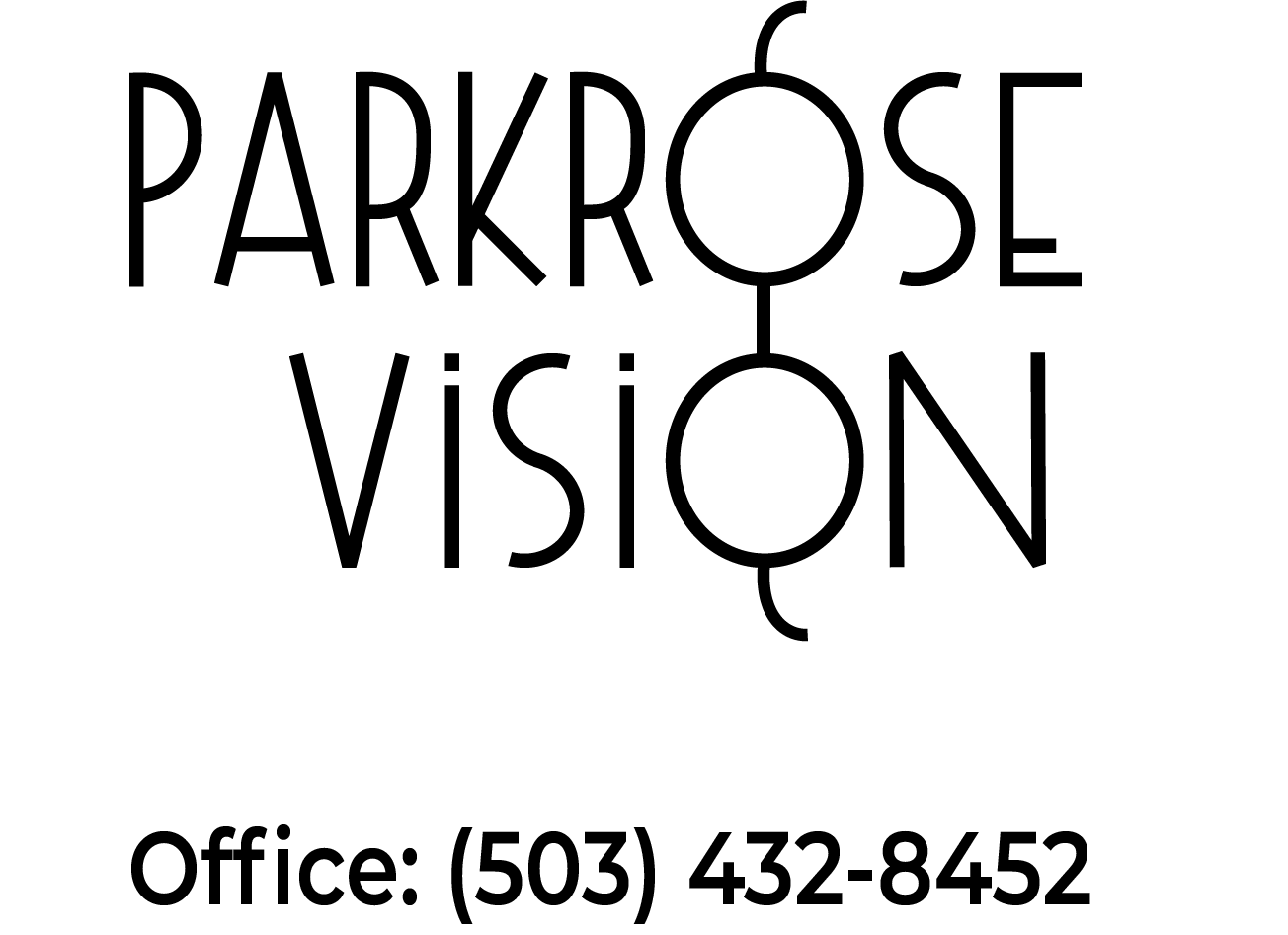Myopia and what you can do.
What is Myopia?
Myopia is a progressive and irreversible eye disease. Its common vision symptom is nearsightedness or the inability to see distant objects clearly. This is caused by the eye growing longer than it should. Although an outright cure for nearsightedness has not been discovered, your eyecare professional can offer a number of treatments that may be able to slow the progression of Myopia.
What causes Myopia?
Genetics: When patients have Myopia, their genetic risk may be passed along to their children. The likelihood of children developing Myopia is:
1 in 2 when both parents have Myopia.
1 in 3 when one parent has Myopia.
1 in 4 When neither parent has Myopia.
By 2050 Nearly 50% of all children will suffer from Myopia.
How can we treat this condition?
Thanks to modern advancements in optometry, we have some options…
At Parkrose Vision we strive to offer the best medical treatments for our patient’s eye conditions. The following are some of the treatments we can use to treat Myopia.
MiSight 1 day: The first and only contact lenses approved by the FDA for Myopia control in age-appropriate children. In clinical trials the progression of Myopia slowed on average by 59% in age-appropriate children.
Paragon CRT contact lenses: Overnight vision correction. Paragon CRT Contact lenses are a non-surgical, completely reversable treatment option for nearsightedness. These contacts are designed to be worn while sleeping. During such time the contacts correct the shape of the cornea allowing proper focus of light as it enters the eye. Patients enjoy clear vision with freedom from glasses or daytime contacts.
Atropine Eye Drops: Currently the most effective therapy for Myopia Control. Clinical trials demonstrated that low-dose atropine drops such as 0.01% resulted in myopia retardation at higher percentages than other Myopia control treatments. This is achieved with Topical Atropine; a medicine used to dilate the pupil and temporarily paralyze accommodation and completely relax the eyes focusing mechanisms.
Side effects from different treatments.
Systemic side effects from any of these Myopia control treatments are uncommon, such as dry mouth, face flush, headaches, increased blood pressure, constipation, difficulty in micturition, and central nervous system disturbances. The most frequent ocular side effects with Atropine eye drops include photophobia (light sensitivity), Blurriness of near vision, and local allergic response.
All risks are minimized if you follow all the doctor’s instructions. Consult your doctor immediately if you notice any unusual symptoms such as headaches, redness, or blurred vision with any Myopia control treatment.
Although there are other Myopia control treatments available, such as Rigid Gas Permeable Contacts (hard Contacts) these are some of the most widely used options that might suit the patient. Doctor’s will always make the best recommendation of treatment based off of different factors such as progression of the condition patients age and ability to follow up with treatment.
Cost of Treatment
Most Medical and Vision insurance plans have no coverage for Myopia control treatments in the United States. Due to this, we are striving to provide these treatments at the best price possible. We have a flat rate per year. This rate includes the cost of the treatment as well as all regular follow-up visits for this treatment.
Rates: Call us for further details
